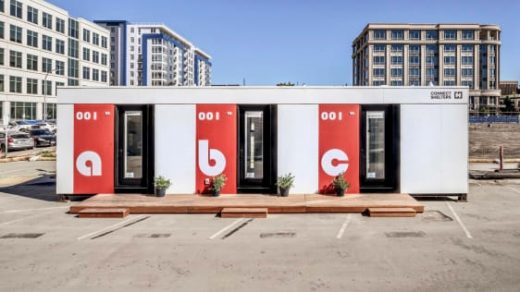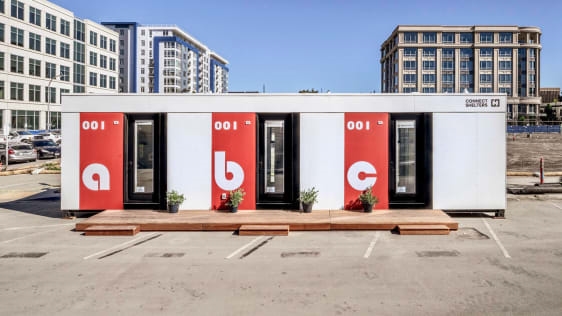These modular rooms let cities quickly and cheaply build housing for the homeless
Inside a factory in San Bernardino, California, workers are putting together small, modular homeless shelters that will soon be placed on trucks and shipped to Silicon Valley. Each tiny building, with four units inside, is built in roughly a day. And while a single unit of permanent supportive housing can cost $500,000, a bedroom like this costs $20,000.
“When the pandemic hit, we looked around and saw that not only has California had this very long-standing homelessness issue, but that maybe this was the right time to provide a new type of solution,” says Gordon Stott, cofounder of Connect Homes, the company that designs and manufactures the shelters. “Ultimately, all of us need good, private, isolated space to call our own.”
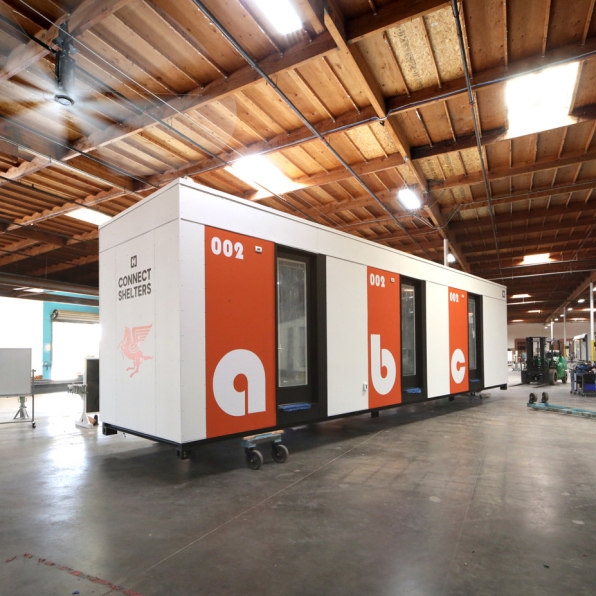
The company, founded in 2013, had already been making modular, sustainable private homes—and like others building factory-built housing, knew it was a way to make construction more affordable. It realized that the same approach could be used to make shelters for people experiencing homelessness. “Because we’ve streamlined our building processes on an assembly line, we’re able to keep costs low, but more importantly, keep costs predictable,” says Steve Sudeth, a vice president at the company. “One of the hard things with traditional site construction is that there’s a continuous parade of change orders and unforeseen issues onsite.”
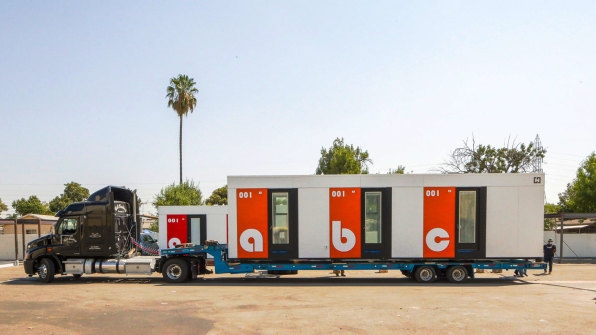
The company is also able to get economies of scale by using the same materials for the shelters as it uses for other housing. And because constructing a large, traditional apartment building can take years and requires a long permitting process, it also saves money by saving time. As the company has met with homelessness organizations, it says that there has been a strong response. “People with decades of experience in the space say ‘this is really kind of what we’ve been waiting for,’” says Stott. “There has to be a new way. We can’t essentially be paying $600,000 to house each individual homeless person, not only because of the resource outlay, but also because of the timeline involved in sheltering people.”
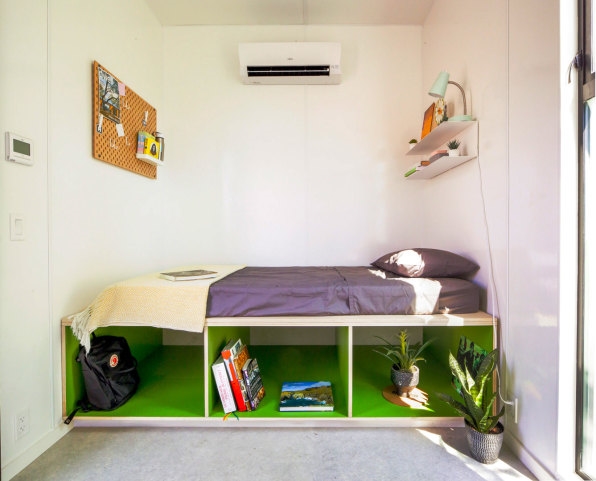
The shelters have a flexible design: They’re each built within the same basic frame, but the interior can have between two and four private bedrooms, depending on whether each comes with a private bathroom and a small kitchen. A four-unit structure is a total of 320 square feet. The units can also be fitted to serve as stand-alone laundry, bathroom, or kitchen facilities for a larger village of homeless housing. They can function both off-grid, and run off a generator or solar panels, or be connected to the regular grid; each bedroom also has independent air-conditioning and filtration. The units, with large windows, give each bedroom natural light and air, and access to the outside. (They’re comfortable enough that an elite boarding school in Ojai, California, also recently purchased them for students to use.) With the same size as a 40-foot shipping container, they’re also easy to transport, unlike some other modular housing that requires “wide load” shipping and can’t travel on every street.
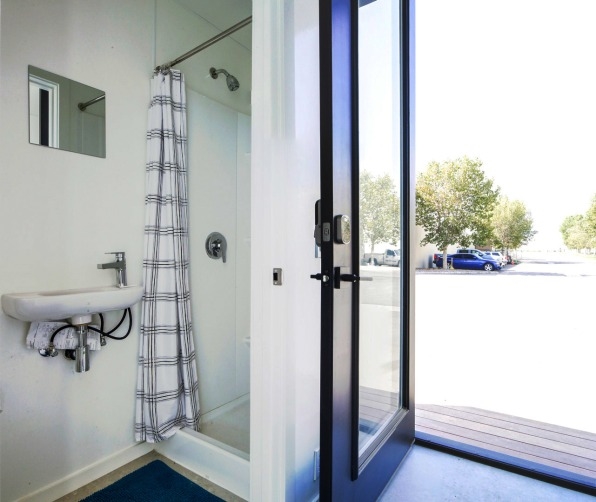
The first homelessness organization to use the design, a Bay Area nonprofit called LifeMoves, partnered with the City of Mountain View to get a grant from Project Homekey, a state program that is helping house Californians during the pandemic, primarily in hotels and motels. Connect Homes is providing 88 bedrooms for the semi-permanent installation, which will also have support staff onsite and include some modular units from other developers. The order was placed in October, and the 22 modules are now nearly complete. Eventually, the units can be relocated and the land can be redeveloped. “They’ll be able to occupy the land for about 10 years and then very quickly sort of pick up and relocate these, and then do something else with that parcel,” says CEO Greg Leung.
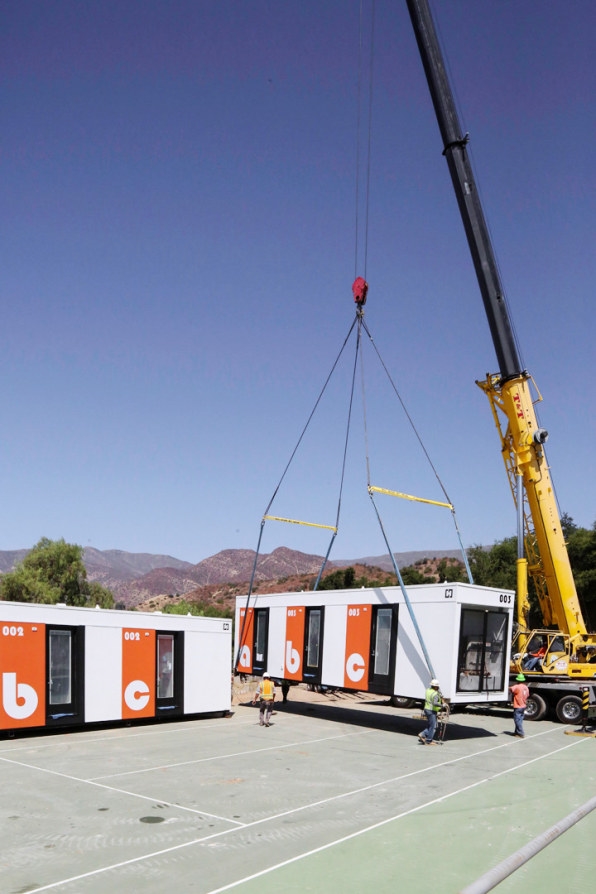
The design doesn’t eliminate the need for more complex, permanent supportive housing. But it can help fill a gap. “There’s absolutely a place for permanent supportive housing,” says Leung. “Some people really need to be in that kind of structure permanently. There’s nothing wrong with that. That’s important. But in the meantime, with the hundreds of thousands of people who are without shelter, we can do better than tents on the side of the road as a society.”
(18)

